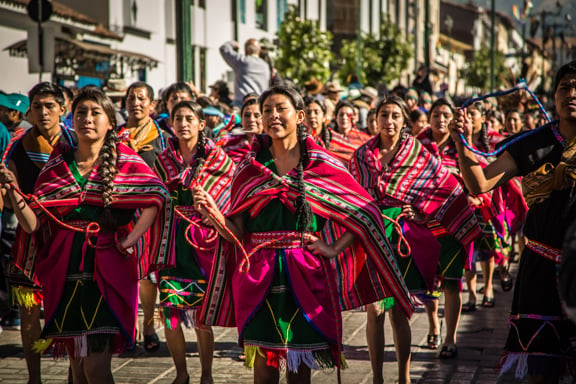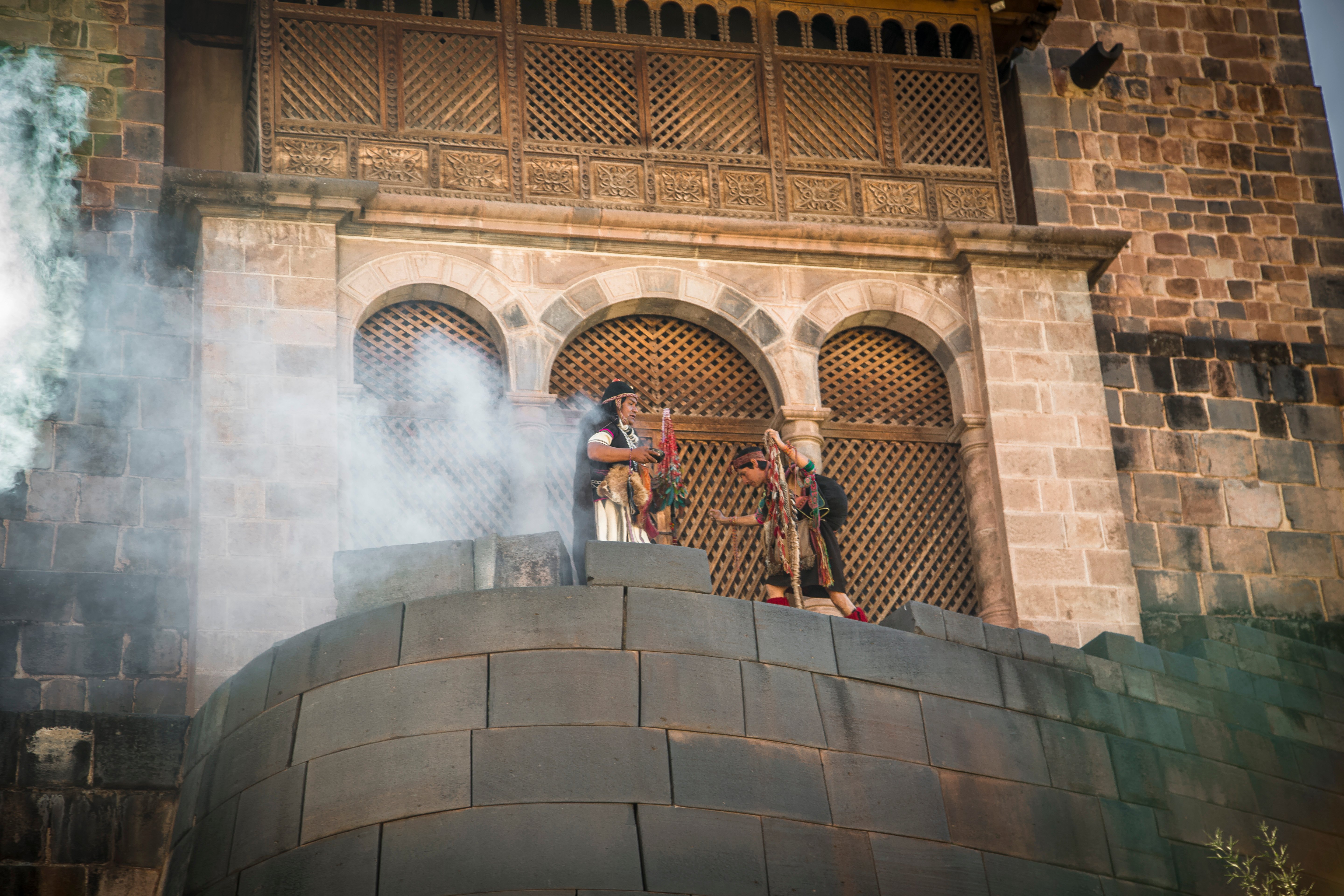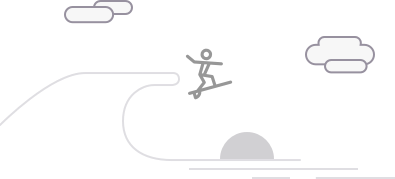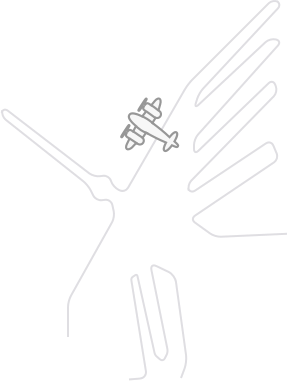Taking a walk through the streets of Cusco is to journey into Peru’s past. The marvels and mystery’s of our Inca heritage are present every step of the way - not only in the language and culture, but also in the impressive stone architecture, where every giant rock seems to fit seamlessly into the other and structures remain sound and awe-inspiring 500 years later.
Interestingly, the same can be said for our Colonial legacy, with the numerous, breath taking churches, convents, and all the incredible art pieces from the Cusco School of Art that decorate the walls of hotels, temples, and buildings to this day. Both these fascinating and equally important aspects of our past come together in the imperial city of Cusco, making it one of the most unique and magical places in the world.

Much like our Inca and Spanish cultural heritage come together, so do local traditions and celebrations. While each small, native community might uphold specific festivities exclusive to them, there is one regional celebration that is honoured by all in the same way it was during Tahuantinsuyo: Inti Raymi, the celebration of the Sun.
Each 24th of June, the day of the winter solstice, Cusco comes to a halt. The Plaza de Armas fills with locals and tourists alike who gather to witness and enjoy a recreation of the most important celebration held during the Inca reign. Traditionally on this day, the Inca – as a son of the Sun – would praise and thank this deity for all it provides, requesting its continued protection and favour. With this God on their side, the Incas could confidently begin an auspicious New Year.

Huaycapata – where the current Plaza de Armas is located – was the original setting for this celebration, receiving all the highest ranking members of the Inca Empire: the chiefs and military and administrative leaders from the four suyos, or corners of the empire. Thousands of people would make the pilgrimage to Cusco, preparing both physically and spiritually for this important event. Some historic accounts claim that attendees would fast for days before the ceremony, purifying their bodies before the 9-15 day celebration.
In 1572, however, Viceroy Francisco de Toledo put an end to all Inti Raymi festivities, claiming that the pagan celebration interfered with Catholicism. It was not until 1944 that the government decided to recuperate the ancient tradition, turning it in to an amazing spectacle full of colour and symbolism. The event’s current script is based on the description found in Inca Garcilaso de la Vega’s book, Comentarios Reales, and thus, the modern-day Inti Raymi began in Coricancha. During the Inca Empire, Coricancha was the most important Sun Temple in Tahuantinsuyo, where the Inca and the nobles would leave their offerings and partake in private worship.
.jpg?width=960&name=inti%20raymi%20(1).jpg)
After invoking the Sun, the Inca and his entourage make their way to the Plaza de Armas atop a wagon. The women, adorned in colourful outfits, sing sweet songs in Quechua and leave a trail of petals as they walk, marking the path of the royal and his crew. Then, once arriving in the plaza, the “meeting of two epochs” takes place between the Inca and the actual mayor of Cusco, symbolizing the ever-eternal presence of the Inca legacy in the city of Cusco.
Finally, the hundreds of actors arrive at Sacsayhuaman, a stunning archaeological site with an impressive view overlooking the city of Cusco. The priest stands on the ushnu – or central ceremonial platform, awaiting the arrival of the Inca himself, upon which the main ceremony will begin. Surrounded by the people of the four suyos, dressed in the typical clothes and dancing their traditional dances, the Inca toasts to the Sun, simulates the sacrifice of a llama in gratitude to the gods, and then lights a new fire that will accompany the community for the year to come.
If you are looking to visit Cusco, Inti Raymi is one of the most special dates to do so. It is during this unique and unforgettable time that the city’s Inca spirit is more alive than ever.
Do you want to be part of the Inti Raymi? Watch the transmission below:


